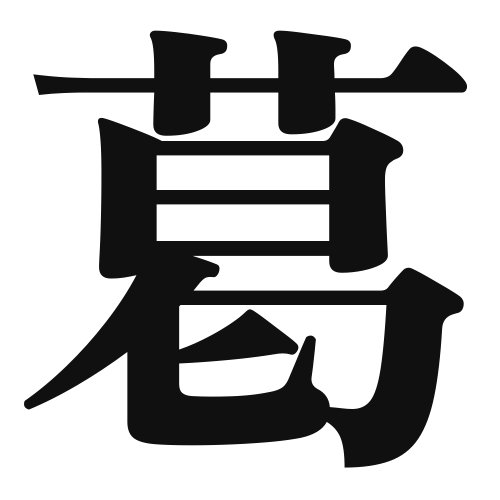1. Overview of Meaning
The kanji “葛” (kuzu) primarily refers to the plant known as “kudzu,” which is a type of climbing vine. It is often associated with its use in traditional medicine and as a food source, particularly in the form of starch derived from its roots.
2. Formation and Radical
Formation of the Kanji: The kanji “葛” is a phonetic-ideographic character (形声文字). It combines the meaning of the plant with phonetic elements that suggest its pronunciation.
Radical: The radical for “葛” is “艹” (the grass radical), which indicates that it is a plant-related character.
3. Examples of Usage
Common Words and Phrases: Some common words that include “葛” are “葛根” (kakkon – kudzu root) and “葛粉” (kuzuko – kudzu starch).
Example Sentences in Daily Conversation:
- 「葛根は風邪の初期症状に良いと言われています。」(Kakkon is said to be good for the early symptoms of a cold.)
- 「この料理には葛粉が使われています。」(This dish uses kudzu starch.)
4. Synonyms and Antonyms
Similar Kanji: A similar kanji is “芋” (imo), which means “tuber” and refers to root vegetables. While both are plant-related, “葛” specifically refers to kudzu, whereas “芋” can refer to various types of tubers.
Antonyms: There are no direct antonyms for “葛,” as it is a specific term related to a particular plant. However, one could consider “枯れ” (kare – withered) as an opposite in the context of plant vitality.
5. Cultural and Historical Background
Relation to Japanese Culture: Kudzu has been used in Japan for centuries, both in traditional medicine and cuisine. It is often celebrated for its health benefits and is a common ingredient in various dishes.
Proverbs and Idioms: One common saying is “葛藤” (kattou), which means “conflict” or “struggle,” metaphorically relating to the entangled nature of the kudzu vine.
